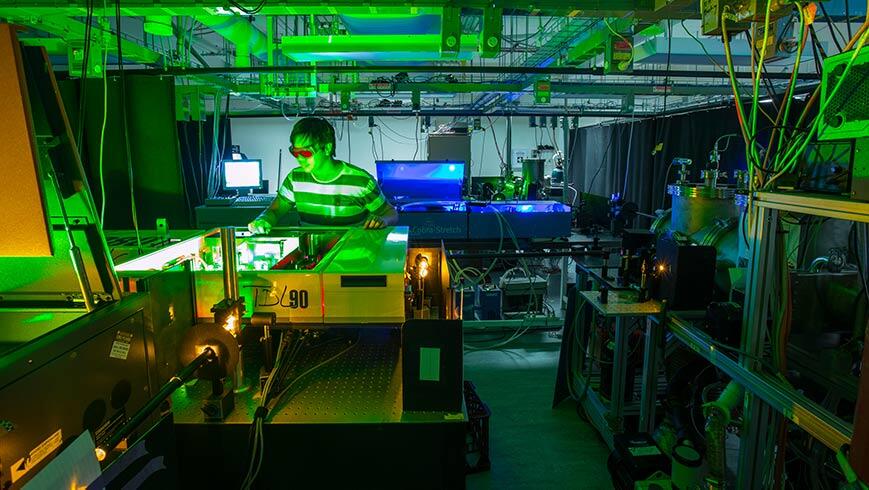A team of researchers from the University of New South Wales has unlocked the secret to squeezing more energy out of sunlight using a method that holds the promise of eventually boosting solar panel efficiencies.
The research, published in the journal Nature Photonics this week, details a new method of maximising the photoelectric effect, where individual packets of light, called photons, transfer their energy onto electrons within the solar cell material.
“Most solar cells are made from silicon, which cannot respond to light less energetic than the near infrared,” said senior author and UNSW professor Tim Schmidt. “This means that some parts of the light spectrum are going unused by many of our current devices and technologies.”
To get around this, the UNSW team has unlocked a way to combine the energy from several “low energy” light packets, into a “high energy” light packet, that can then be used to produce electricity.
“One way of doing this is to capture multiple smaller energy photons of light and glue them together,” professor Schmidt adds. “This can be done by interacting the excitons (bound states of electrons and electron holes that can transport energy without transporting net electric charge) in organic molecules.”
The researchers believe this “upconversion” of low energy photons could be a pathway to boosting the efficiency of solar cells, but further work will be necessary before the technique can be used in commercially available solar panels.
“As this is the first time we’ve been successful with this method, we will face some challenges,” said lead author Elham Gholizadeh of UNSW. “But I’m very hopeful and think that we can improve the efficiency quickly. I think it’s quite exciting for everyone. It’s a good method to use oxygen to transfer energy.”
